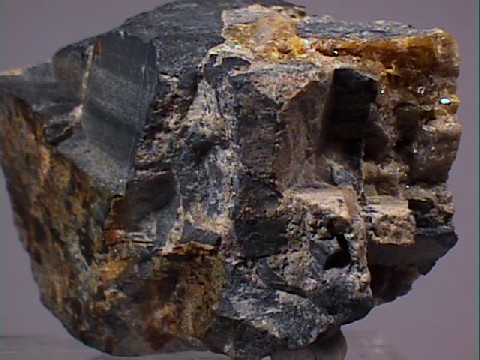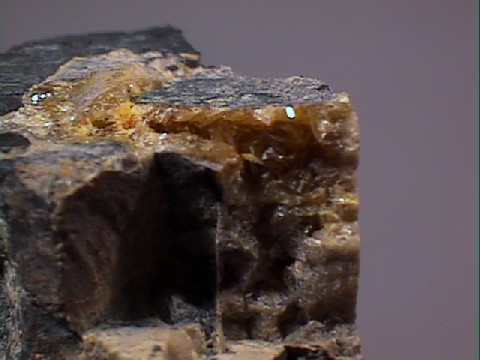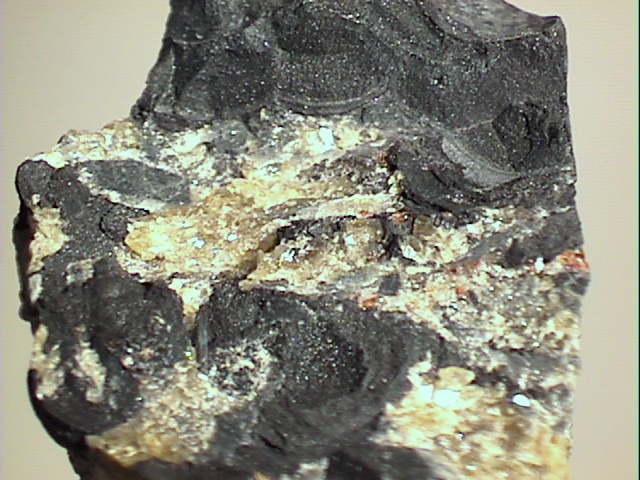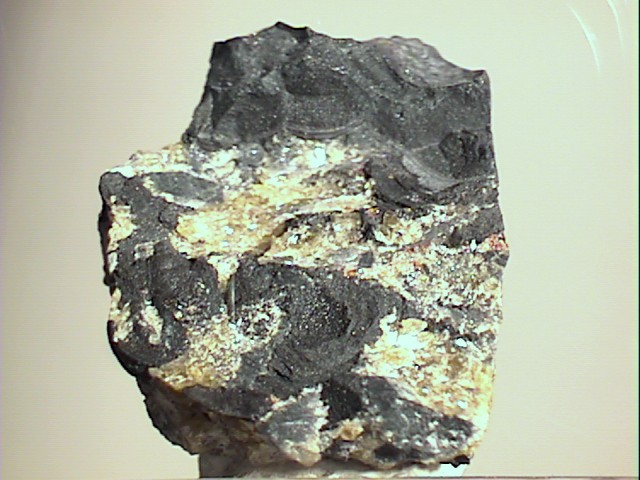 The Mineral STIBARSEN
The Mineral STIBARSEN
- Chemistry: SbAs, Antimony Arsenic
- Class: Native Elements
- Subclass: Non-metals
- Uses: A very minor ore of antimony and arsenic and as mineral specimens.
Specimens
Stibarsen is a very rare mineral, but is a joy to see. It has a bright silvery color and a good botryoidal habit. The effect presents to the viewer a mass of what appears to be a highly polished rounded mass of high grade silver!
PHYSICAL CHARACTERISTICS:
- Color is silver, white, reddish-white to gray.
- Luster is bright metallic.
- Transparency: Specimens are opaque.
- Crystal System is trigonal.
- Crystal Habits is limited to botryoidal masses.
- Cleavage is perfect.
- Fracture is hackly.
- Hardness is 3 - 4
- Specific Gravity is 6.0 - 6.3 (above average for a metallic mineral)
- Streak is gray black.
- Associated Minerals include apatite, beryl, microcline, micas and other pegmatite minerals.
- Notable Occurrences are limited to the type locality at the quarry at Varutrask, Vasterbotten, Sweden and also at Trebsco, Bohemia; Rio Moctezuma, Sonora, Mexico.
- Best Field Indicator is crystal habit, color, luster, locality and density.






